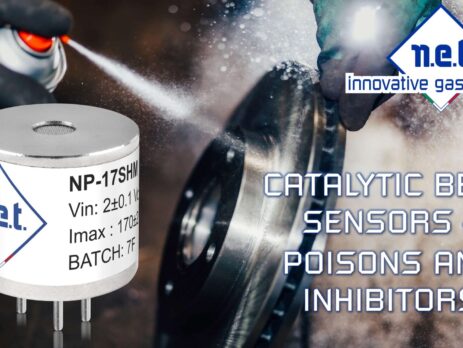NET NDIR SENSOR WARM-UP TIME: FULL OPERATION vs. FULL SPECIFICATIONS
NET NDIR SENSORS WARMUP TIME: FULL OPERATION vs. FULL SPECIFICATIONS The Data Sheet and User Manual for all our NIDR sensors states that warm-up time is 60 seconds for full operation at 25 °C and at least 30 min for full specifications. We are often asked what is the difference between these two conditions. At power-up the sensor performs initial “bootstrap”...








